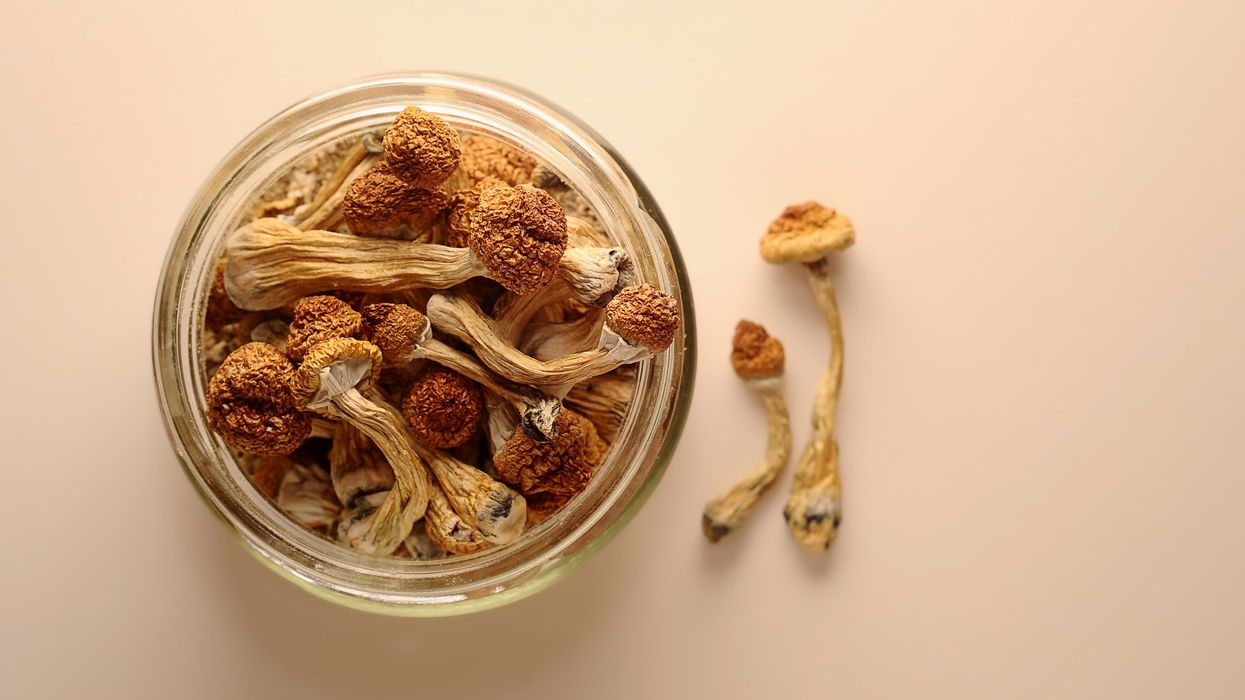This article by Natan Ponieman was originally published in June 2021 by Benzinga and appears here with permission.
5-MeO-DMT is a potent and fast-acting psychedelic, which is naturally produced by the Sonoran Desert toad as well as some species of plants.
Its short duration –from 20 minutes to one hour– is giving hope to researchers and executives in the psychedelics space who are seeking an alternative to the otherwise lengthy treatment sessions of psilocybin and MDMA.
Beckley Psytech, a British psychedelics research company and the for-profit arm of the Beckley Foundation, is advancing a research program on 5-MeO-DMT that involves a phase 1 clinical trial and development of a synthetic formulation of the substance.
Led by legendary psychedelics researcher and activist Amanda Feilding, the Beckley Foundation was launched in the late 90s as an initiative to prompt drug policy reform and scientific research into psychoactive substances.
In 2020, Beckley Psytech raised over £17 million ($24 million) to fund the 5-MeO-DMT research program.
CEO Cosmo Feilding Mellen told Benzinga that the first goal of the company is to apply an intranasal formulation in the treatment of depression and eventually move over to other mental health indications.
Why 5-MeO-DMT? From “Toad Venom” To Psychiatric Treatment
Feilding Mellen is very bullish on psychedelics-assisted psychotherapy as a potential treatment for a wide variety of mental health disorders. Today, MDMA and psilocybin remain the most researched molecules in the clinical trial pipeline.
Yet the executive fears that the resources needed to apply psilocybin and MDMA treatment could be greater than today’s mental health infrastructure can handle.
“The challenge that will be faced, we foresee, is in the patient access side of the treatment,” Feilding Mellen said.
Regardless of the clinical success of psilocybin, LSD and MDMA, he argues that requiring one or even two therapists to accompany a patient throughout an 8 to 10-hour session (recommended by research protocols) is very resource-intensive for an already overworked and undersupplied mental health workforce.
“That's going to potentially pose a major roadblock for patient access because there is already a shortage of psychotherapists to administer normal hour-long psychotherapy sessions for those in need.”
These issues prompted Beckley Psytech to look into other psychedelics that can induce a comparable experience with a shorter duration.
“The reason that 5-MeO-DMT is particularly interesting in our view is that what we know about it from the real world use is that it's known to induce profound psychedelic experiences in the patients,” Feilding Mellen said.
These types of experiences seem to correlate with positive therapeutic outcomes in clinical research around psilocybin and LSD, though with much shorter duration of effect.
If Beckley Psytech is able to show that 5-MeO-DMT can have similar efficacy to psilocybin, with sessions that last one hour instead of an entire day, the company could argue that 5-MeO-DMT is a better molecule for facilitating patient access.
Working With Fluence To Build A Therapeutic Model
Beckley Psytech has partnered with Fluence, a New York start-up, which is focused on providing professional training in psychedelic therapy.
These organizations are seeking a specific therapy program tailored to the 5-MeO-DMT experience.
“The role of Fluence is to create the psychotherapy manual and to train the study clinicians on that manual to be able to deliver the treatment in a research setting,” said Dr. Ingmar Gorman, co-founder of Fluence, who has extensive experience training therapists to guide sessions with psilocybin and MDMA.
Gorman points out, however, that 5-Meo-DMT is very different. This is partly because of its administration but also because of its tendency to induce very powerful experiences.
The short duration, Gorman noted, can make experiences with 5-MeO-DMT especially challenging to integrate.
“One of the aspects that we are working with is the reliability of 5-MeO-DMT to induce a mystical experience or an experience of intense ego dissolution. And so it's important in our work to both prepare the participants for that experience and also to prepare the therapists,” Gorman explained.
Debunking 5-MeO-DMT’s Negative Publicity
5-MeO-DMT has often been presented in the media as capable of producing states of perceptual void or “nothingness” that can be frightening to some people.
However, an analysis of real-world data conducted by Beckley learned that psilocybin and LSD are more often associated with fear or anxiety-inducing experiences than 5-MeO-DMT when used in an informal context.
“When psilocybin and LSD have been taken into clinical research, where you're working in a much more controlled and safe clinical setting, those adverse events have been massively reduced and we hope to replicate that kind of reduction in adverse events by taking 5-MeO-DMT into a very carefully controlled clinical setting,” Feilding Mellen said.
Fluence’s Gorman agreed. “It's very hard to begin to make distinctions qualitatively when these substances are not really well researched in clinical trials. There's a lot of anecdotal evidence about what these experiences are like," he explained.
"But what Beckley Psytech is doing is starting off with a Phase 1 study, which means just looking at the effects in healthy volunteers to be able to determine a dose response.”
Not To Be Confused With DMT
Feilding Mellen pointed to a number of reasons for choosing 5-MeO-DMT over DMT.
DMT is another psychedelic molecule of the tryptamine class, which is the main active ingredient in Ayahuasca, a traditional indigenous concoction used by some tribes in the Amazon.
The compound is also praised for its powerful fast-acting and short-lasting psychedelic effect.
Though similar in presentation and chemical structure, these two substances are believed to offer distinct therapeutic potentials.
“The experience itself with 5-MeO-DMT is characterized by being quite nonvisual,
whereas DMT is exactly the opposite, characterized by being extremely visual,” Feilding Mellen said. He added that the company’s scientific advisory board viewed visual hallucinations as a distractive element in psychedelics therapy that could lead to a reduction in therapeutic outcomes for patients.
Visual hallucinations can cause patients to forgo the introspective nonvisual work required for the treatment to induce a positive effect.
“On top of that, the real-world data that we've looked at points to the fact that 5-MeO-DMT seems to more reliably induce the ego dissolution or mystical experience that seems to correlate with the treatment outcomes,” Feilding Mellen concluded.
The company expects to begin clinical trials on healthy volunteers in 2021.
Photo: Colorado river toad seen at Zoo Zurich, Switzerland. By on Kuhnmi on Wikimedia Commons.
Are you still missing out on The Bluntness newsletter? Sign Up today to stay in the loop.
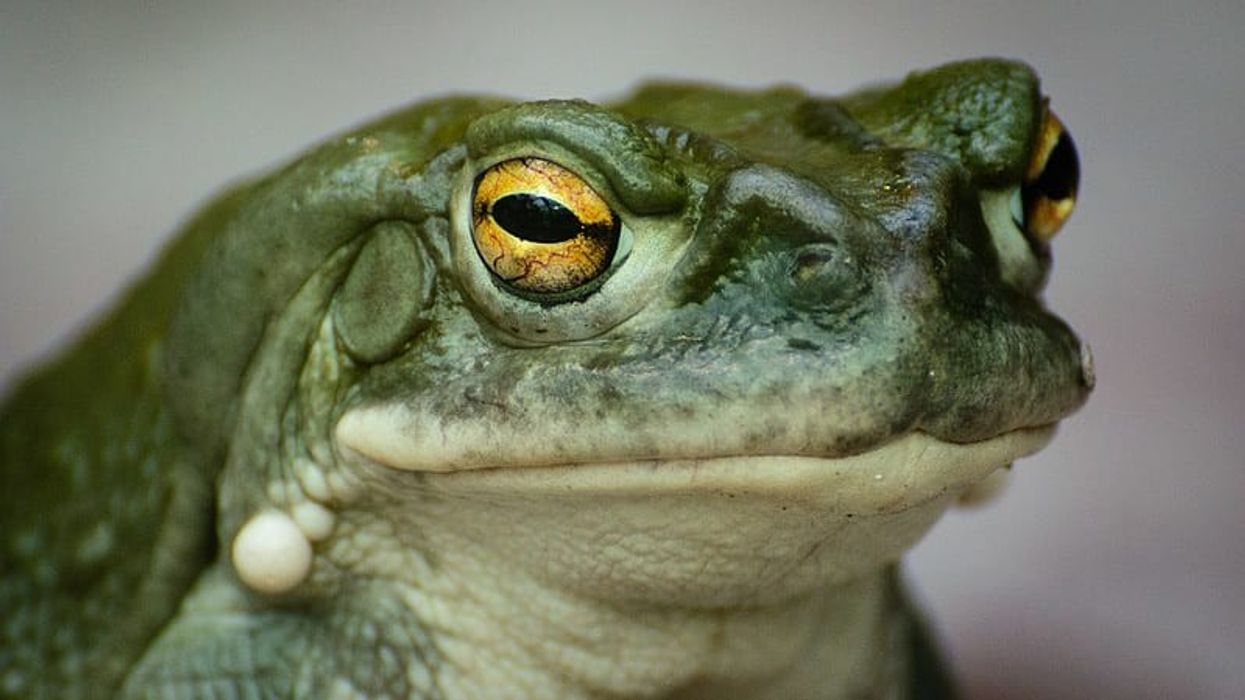

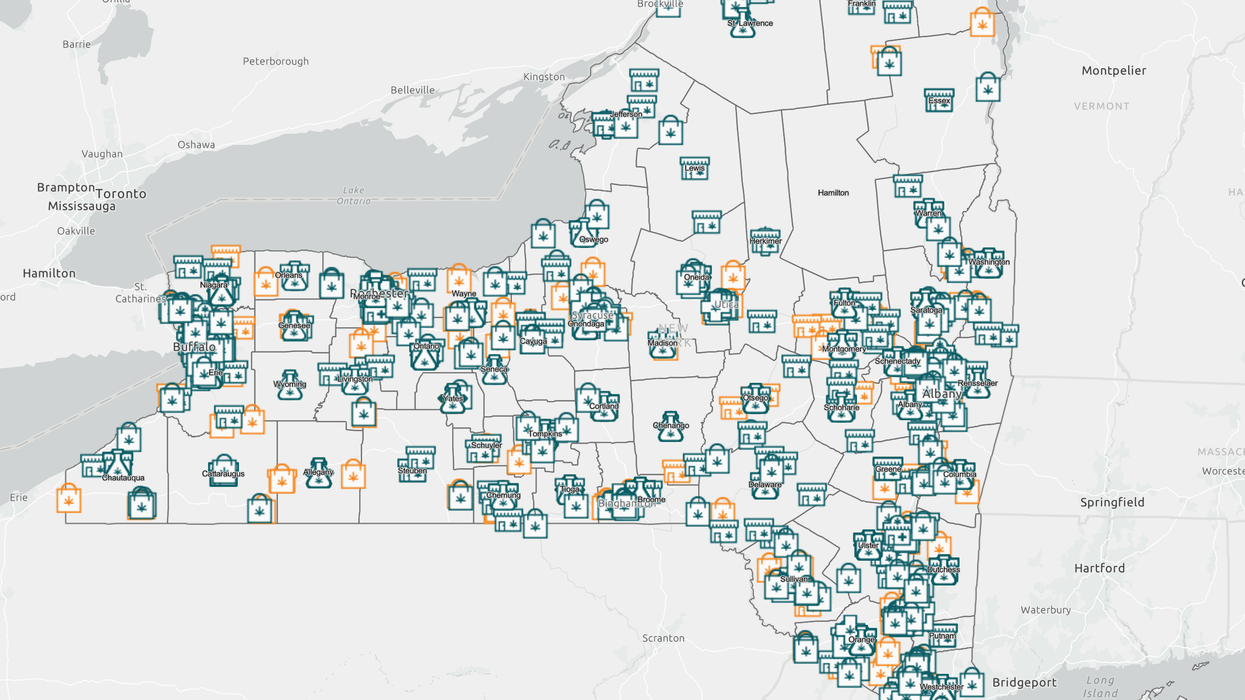
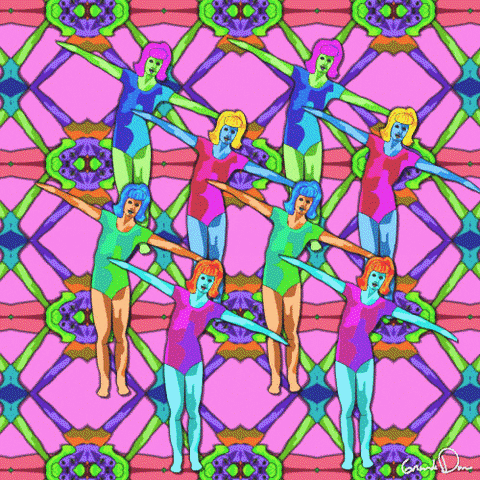

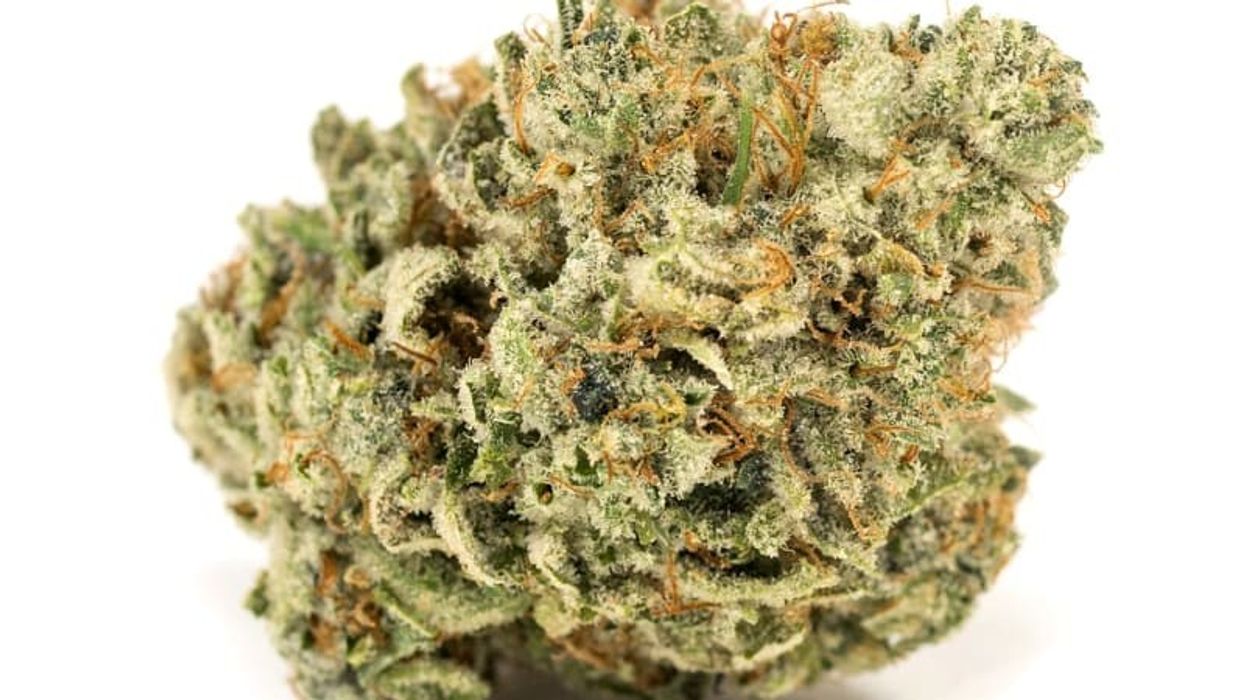
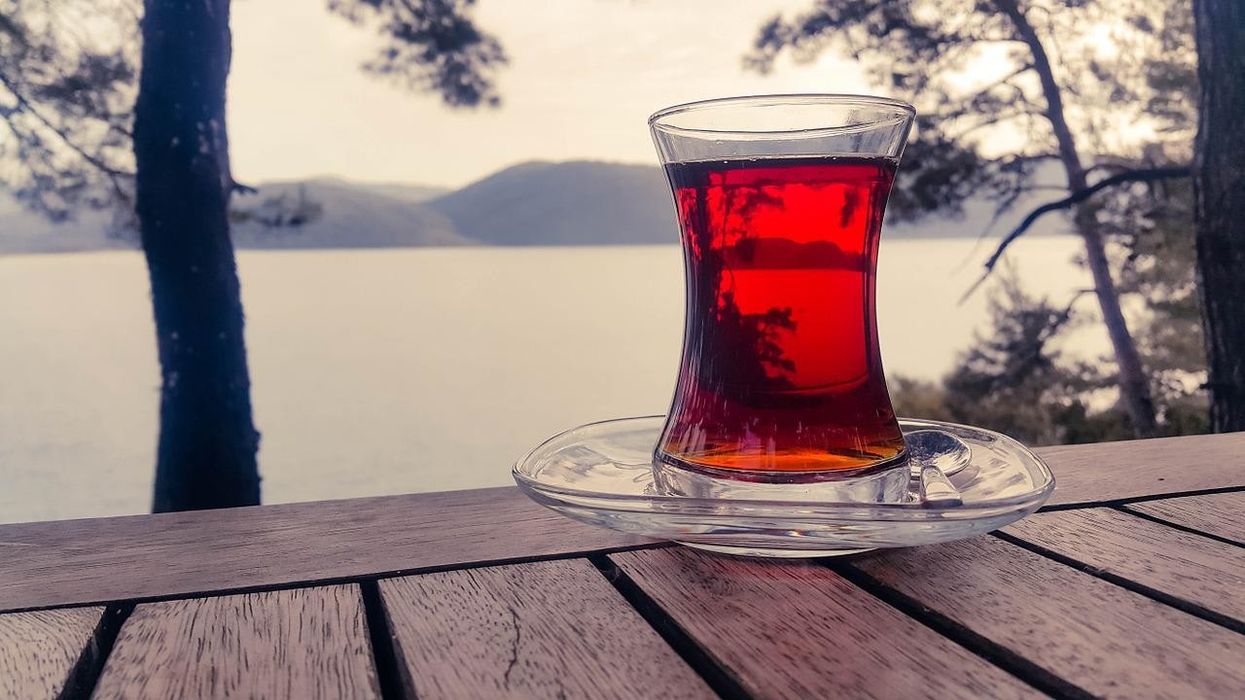
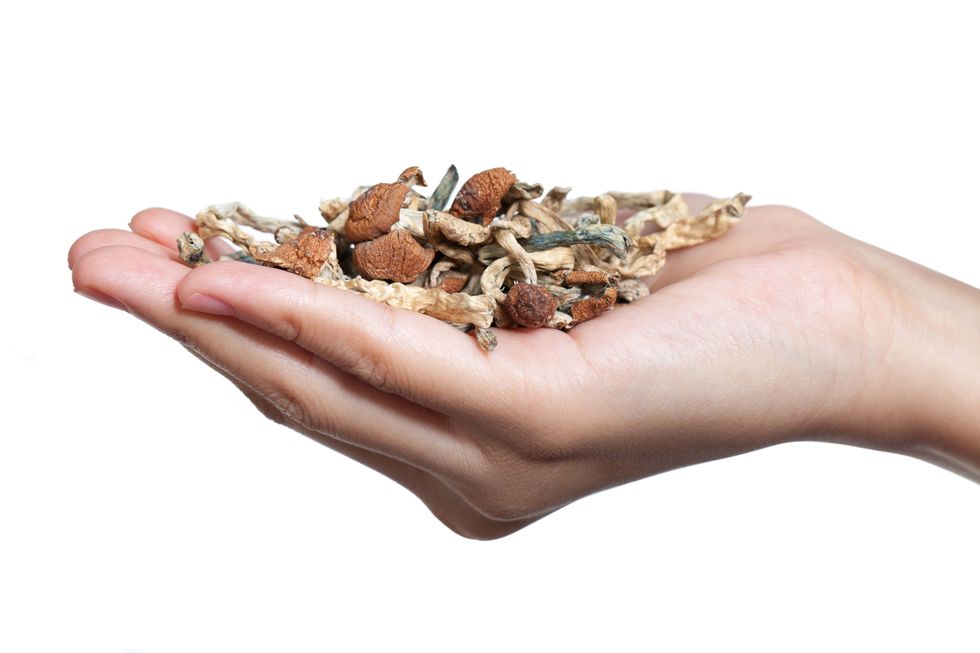 How to Make Mushroom Tea - The Bluntness
null
How to Make Mushroom Tea - The Bluntness
null
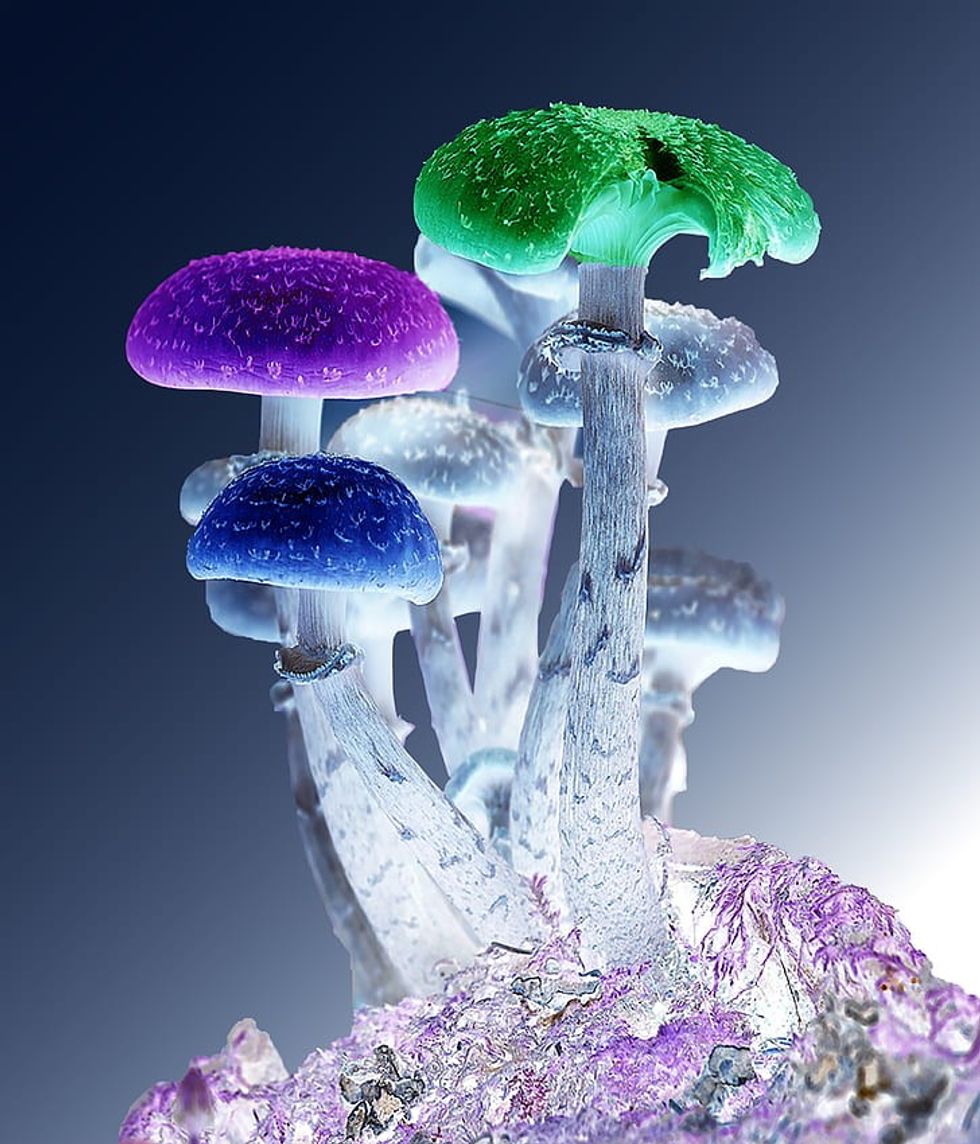 How to Make Mushroom Tea - The Bluntness
www.pickpik.com
How to Make Mushroom Tea - The Bluntness
www.pickpik.com

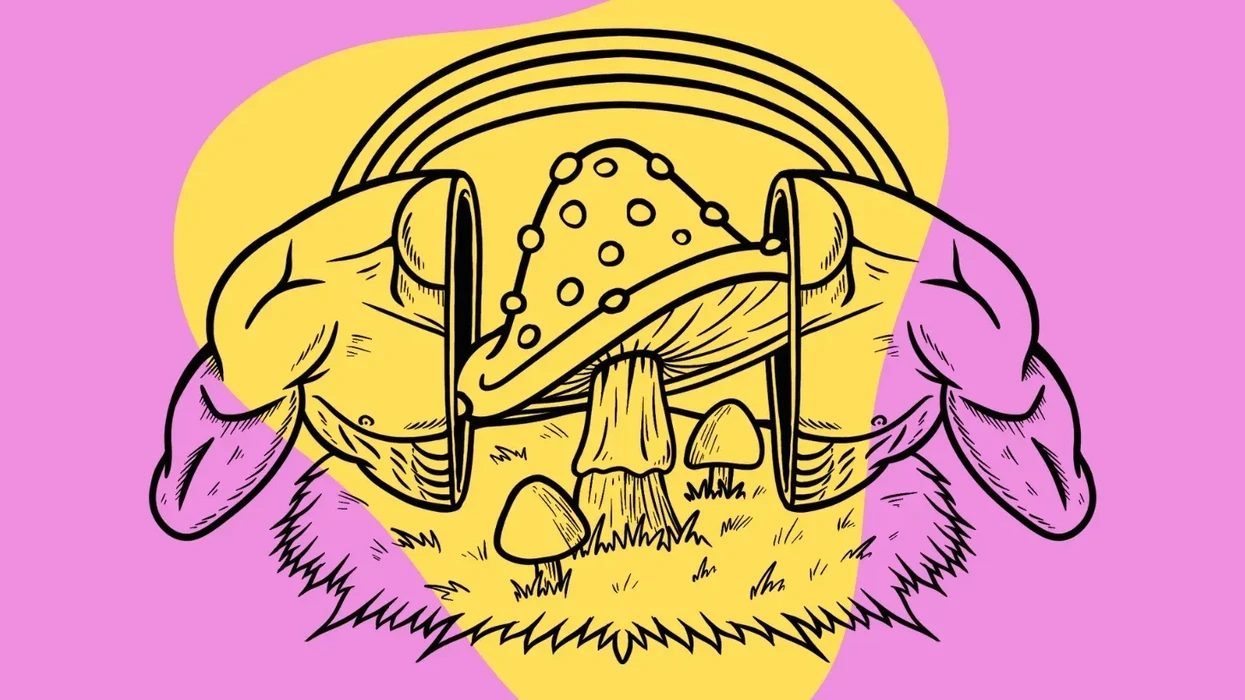
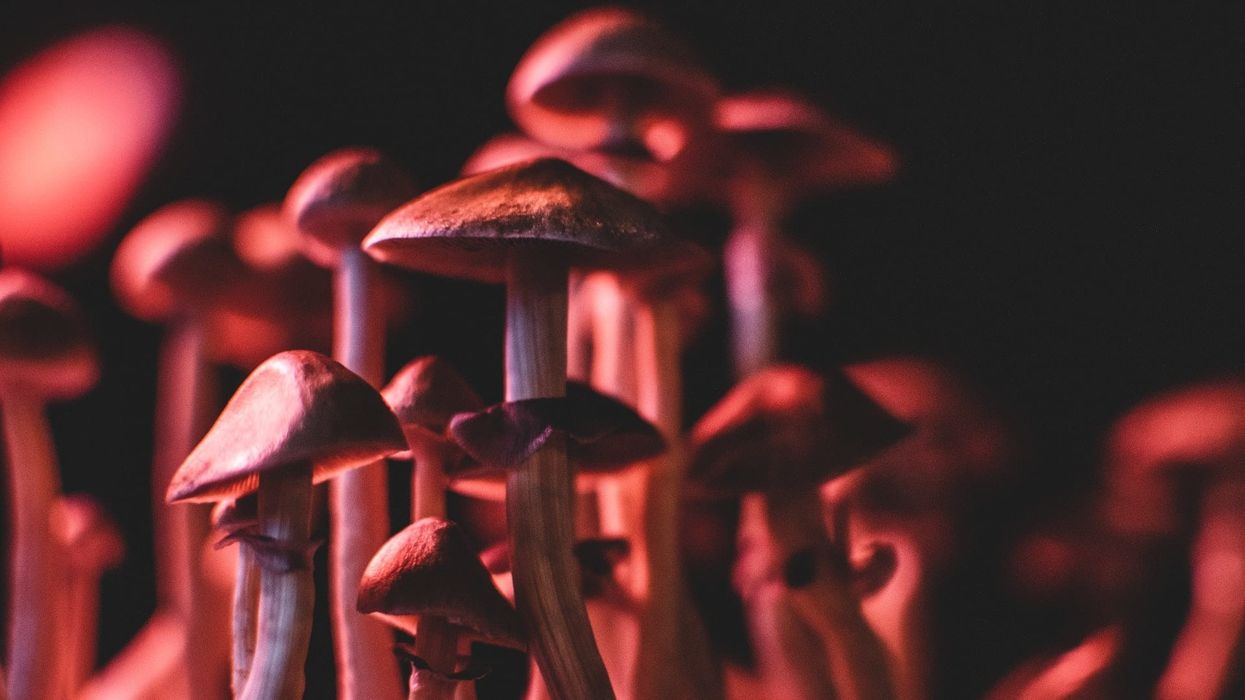
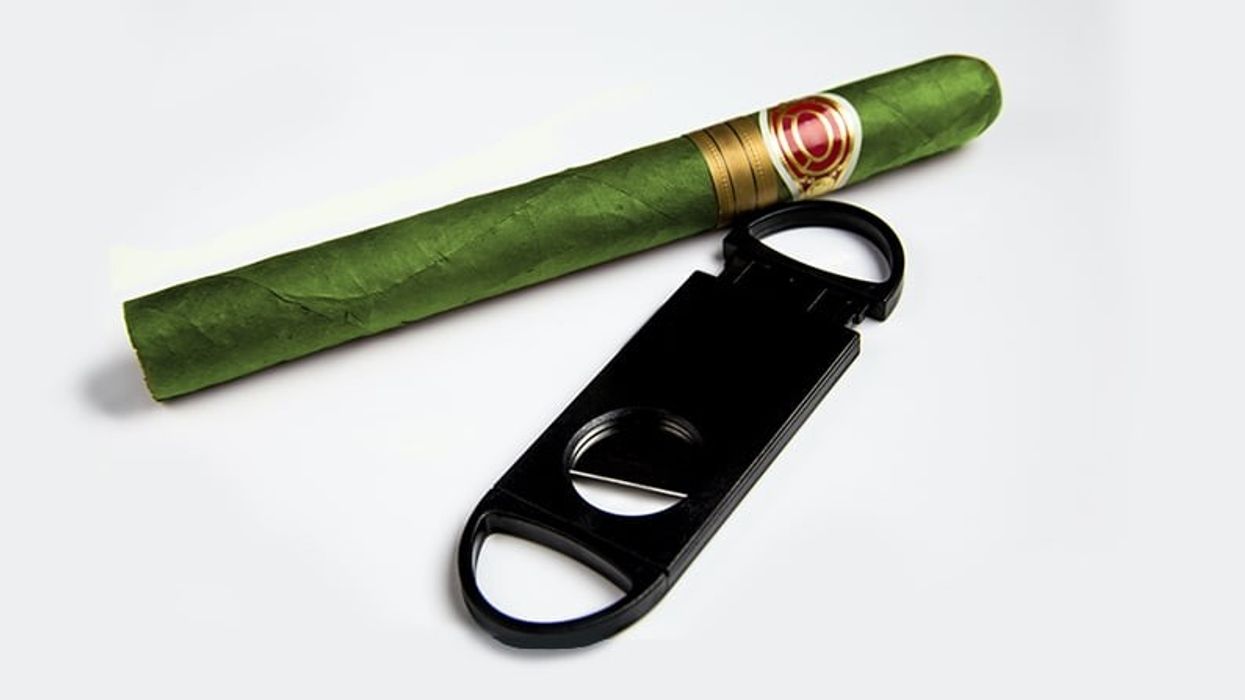



 FDA Approves Landmark Cannabis for PTSD in Veterans - The Bluntness
Photo by Wesley Tingey on Unsplash
FDA Approves Landmark Cannabis for PTSD in Veterans - The Bluntness
Photo by Wesley Tingey on Unsplash
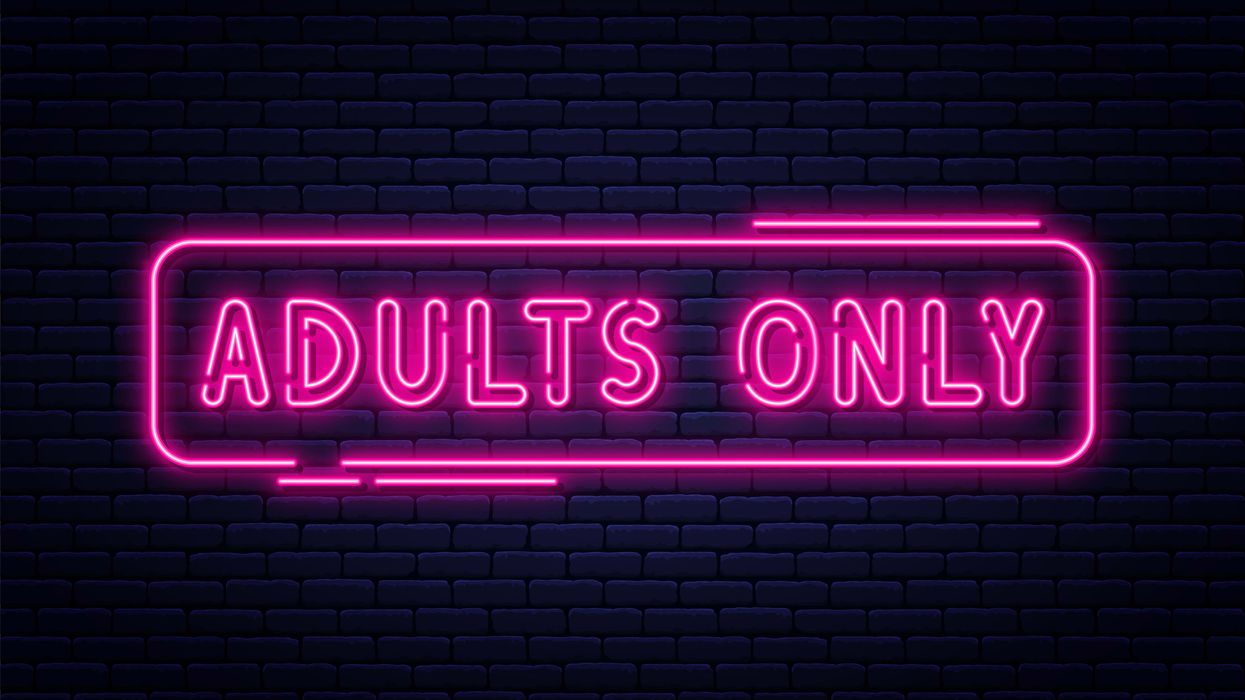



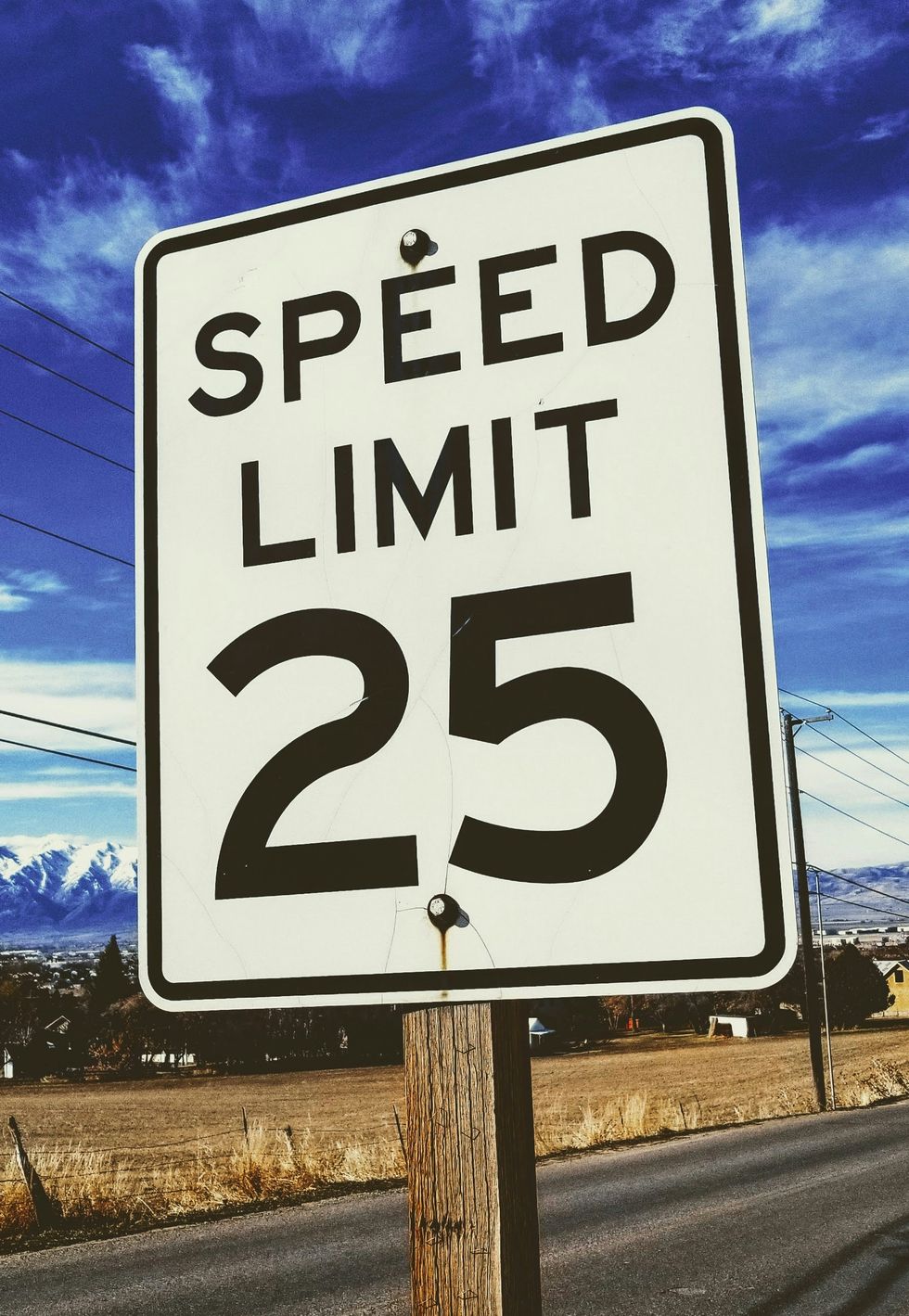



 What Are Psychedelics?
What Are Psychedelics?